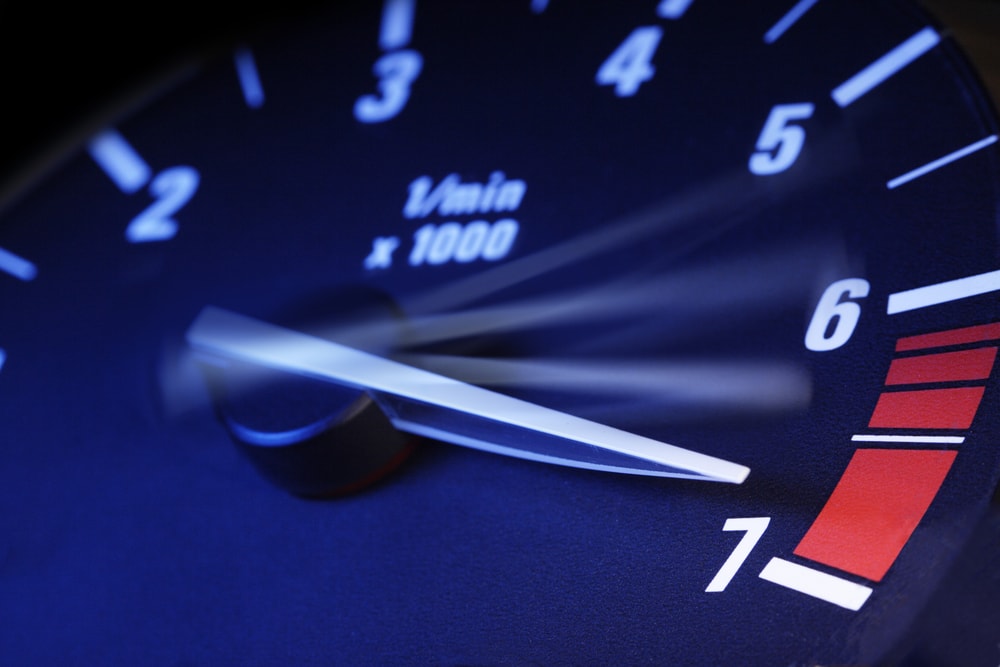Exactly how to Pick the Right Tachometer for Your Cars And Truck or Motorcycle
Exactly how to Pick the Right Tachometer for Your Cars And Truck or Motorcycle
Blog Article
Exploring the Features and Benefits of a Tachometer: A Comprehensive Overview for Vehicle Fanatics
From offering real-time information on engine rate to assisting in maximizing equipment shifts, the tachometer offers as more than just a dial on the control panel. Its complex features not only improve driving experience yet additionally play a pivotal duty in maintaining engine health and performance.
Understanding the Basics of a Tachometer
In the realm of auto instrumentation, recognizing the essentials of a tachometer is crucial for any car fanatic aiming to look into the details of engine performance surveillance. A tachometer, usually shown on the control panel of a car, gauges the engine's transformations per min (RPM) This essential instrument offers real-time data on just how quickly the engine crankshaft is rotating. By monitoring the RPM, drivers can guarantee they are running within the optimal range to maximize performance and performance.
Tachometers typically have a range marked in revolutions per min, with a redline suggesting the maximum rate at which the engine can securely run (tachometer). This details is crucial for stopping engine damages and enhancing gear shifting for hand-operated transmissions. In addition, tachometers can assist in diagnosing engine problems such as misfires or a stopping working ignition system by spotting uneven RPM analyses
Relevance of Monitoring Engine Rate

Monitoring engine rate is a critical aspect of automobile upkeep and efficiency optimization for vehicle fanatics and experts alike. The engine speed, measured in changes per minute (RPM), indicates just how fast the engine's crankshaft is rotating. By keeping a close eye on the RPM, vehicle drivers can guarantee that the engine is operating within the optimum array, preventing prospective damage from over-revving or delaying. Checking engine rate is particularly essential during equipment shifts, as it aids chauffeurs identify the right time to transform equipments for smooth acceleration and efficient fuel intake.
In addition, tracking engine rate can additionally provide useful insights right into the total wellness of the lorry. Unusual fluctuations in RPM may indicate problems such as a stopped up air filter, gas system problems, or perhaps engine misfires. By detecting these problems beforehand my sources via the tachometer analyses, vehicle drivers can address possible issues immediately, protecting against more serious damages and costly repair services down the line. In general, monitoring engine rate with a tachometer is a basic method that can enhance driving performance, extend engine life, and make sure a safer and much more enjoyable driving experience.
Enhancing Performance With Gear Shifts
Proper gear moving guarantees that the engine operates within its optimal power band, permitting for smooth acceleration and boosted gas economic climate. When moving gears, it is crucial to pay focus to the engine rate indicated on the tachometer.

To attain peak performance through gear shifts, vehicle drivers need to practice smooth and timely shifts between gears, matching engine speed with roadway speed to harness the complete capacity find out this here of their lorry's powertrain.
Optimizing Efficiency With a Tachometer
Grasping the art of gear moving in high-performance lorries not only enhances driving experience but additionally plays a critical role in making best use of performance with a tachometer. tachometer. By paying very close attention to the tachometer readings, vehicle drivers can maximize their gear changes to run within the engine's most reliable variety. When accelerating, moving gears at the best RPM indicated by the tachometer can protect against the engine from overworking or underperforming, causing enhanced fuel performance and total performance
In addition, a tachometer aids drivers avoid unnecessary revving, which not only squanders gas yet also places unnecessary strain on the engine. Constantly keeping an eye on the tachometer while driving allows for smoother equipment transitions, reducing damage on the transmission system with time.

Advanced Tips for Tachometer Application
To delve into sophisticated pointers for tachometer use, think about incorporating the use of shift lights. Change lights are aesthetic signs that illuminate when it's time to shift gears based on engine changes per min (RPM), enabling for seamless gear modifications without constantly monitoring the tachometer. By fine-tuning shift factors and establishing advising thresholds, vehicle drivers can optimize acceleration and engine performance while lessening the danger of over-revving.
Final Thought
To conclude, the tachometer acts as a critical device for cars and truck lovers to monitor engine rate, boost performance with gear shifts, and make best use of efficiency. By recognizing the features and advantages of a tachometer, vehicle drivers can maximize their driving experience and lengthen the life-span of their car. Utilizing advanced tips for tachometer application can further enhance driving skills and overall efficiency when driving.
Report this page